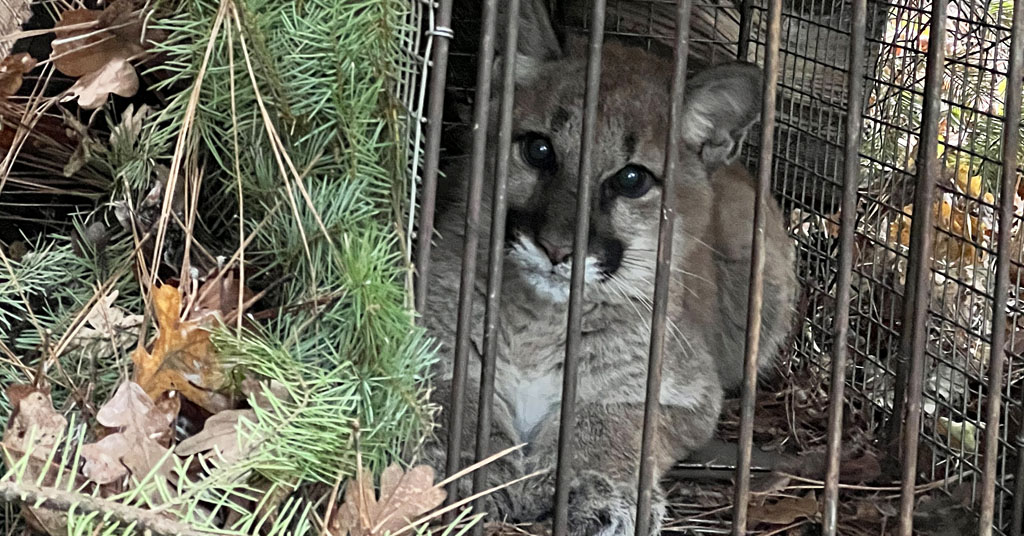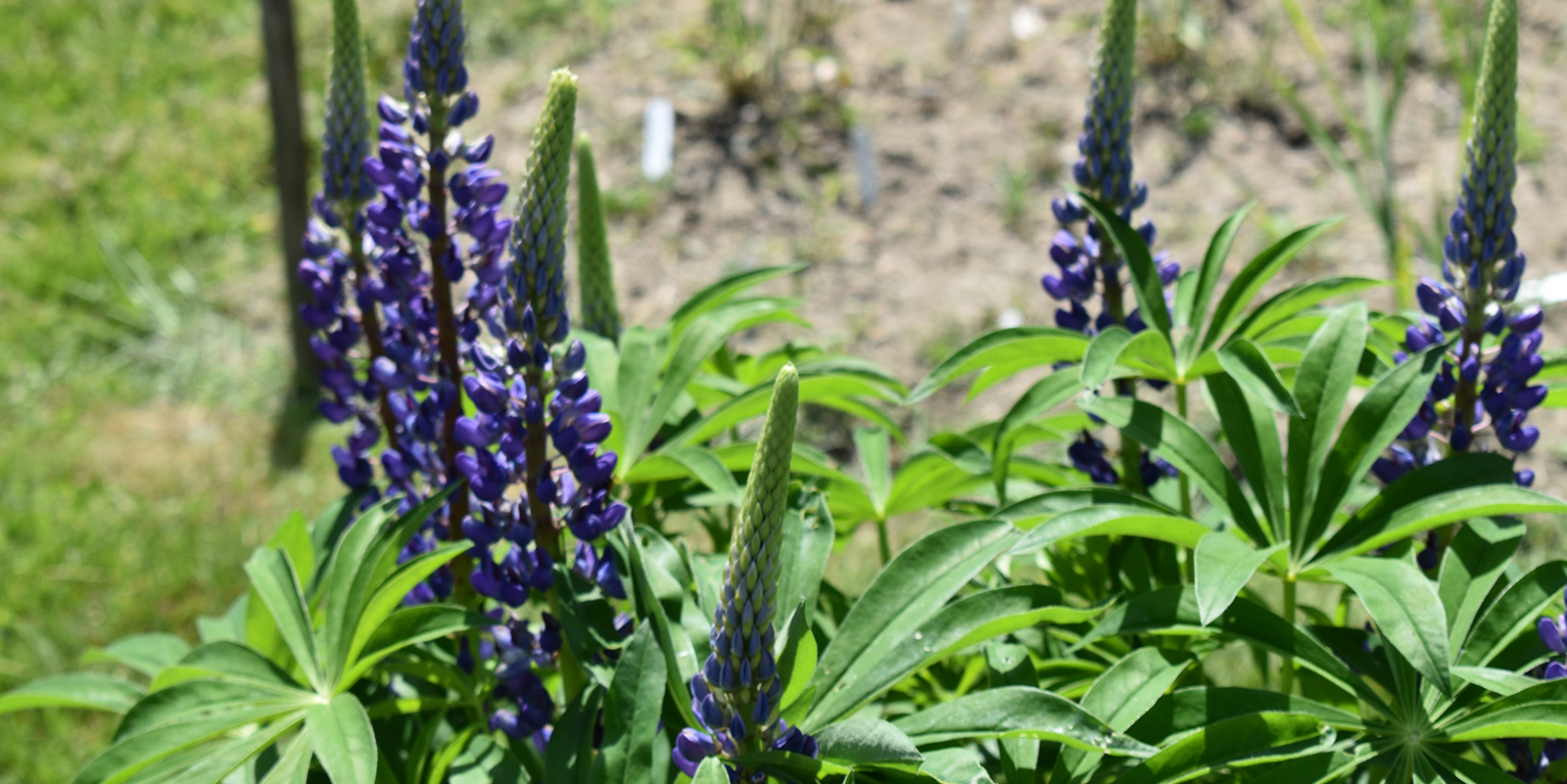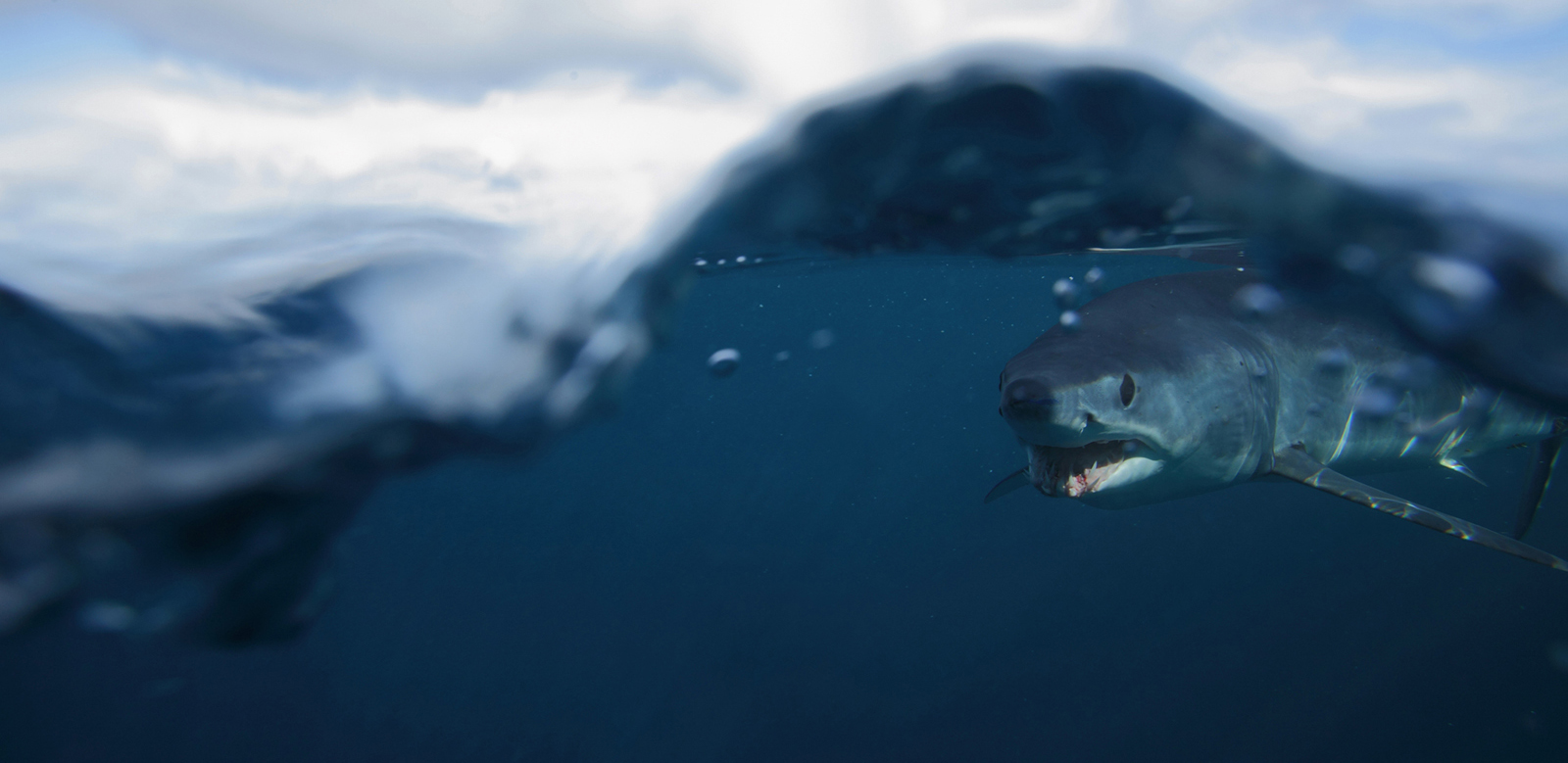Woonasquatucket River Receives Needed Cleaning
October 6, 2009
PROVIDENCE — One hundred and fifty shopping carts, 3 tons of tires, broken glass and discarded needles have way of ruining a public park.
In fact, environmental conditions along and in the long-polluted Woonasquatucket River helped turn the Olneyville section of Providence into one of the city’s most impoverished and distressed neighborhoods.
As textile and machine-tool manufacturers closed and jobs disappeared, the river changed from a valued industrial asset to a neglected natural resource that become “dirty” and “disgusting.” In the Olneyville area, for example, the river and its banks became a dumping ground for chemicals and debris.
“The Olneyville neighborhood was a neglected area of Providence,” said Alicia Lehrer, the executive director of the Woonasquatucket River Watershed Council. “Its parks were used as drug hangouts and for prostitution.”
For years, harmful chemicals and pollutants, such as mercury, sulfuric acid, chromic acid, ammonium persulfate and copper salts, were dumped into the Woonasquatucket River.
“The water is still pretty polluted, but its getting better,” Lehrer said. “Industrial uses along the river, like the textile industry and the dyes it used, featured some horrible chemicals and heavy metals that are still in the sediment.”
The 19-mile river, which runs through Providence’s West Side, became so polluted that fish couldn’t survive in its waters, and recreational boaters had no interest in navigating around shopping carts, refrigerators and all the other debris that filled the waterway.
Swimming and fishing in the filthy water were no longer appealing activities.
It wasn’t until the early 1990s that people started caring about the forgotten river — in fact, the downtown Providence section of the waterway had been paved over — and the land resources surrounding the Woonasquatucket, Lehrer said.
Today, thanks to the dogged efforts of people such as Fred Lippitt, Jane Sherman, Jenny Pereira, Lisa Aurecchia, Lehrer and many others, there are again fish in the now-less-polluted waters and neighborhood children don’t have to climb over piles of illegally dumped debris to play along the river, which was once lined by abandoned, and contaminated, industrial sites and overgrown riverbanks filled with trash.
Those responsible for organizing the many river cleanups and community projects believe the revitalization of the Woonasquatucket watershed and the sight of fish again in the river have deterred some from dumping debris in the area and motivated others to once again use the waterway for recreation purposes.
A public disgrace
The Woonasquatucket River runs through the southern part of the triangular-shaped Olneyville neighborhood, which is bordered by Atwells Avenue to the north, Route 6 to the south and Route 10 to the east, and Donigian Park exemplified what the area had become.
“Donigian Park was a mess. It was broken glass, needles just …,” says Aurecchia, the watershed council’s program director, in a well-produced video that can be found on the organization’s Web site. She finishes the quote with a disgusted wave of her left hand, signifying the park’s once-vast untidiness.
After years of severe neglect and little constructive use, Donigian Park was renovated in the late 1990s as part of the Woonasquatucket River Greenway Project, which also included restoring other Olneyville greenways, such as Riverside Park and Merino Park.
The effort required a lot of commitment, tons of work and a substantial amount of money, all of which was supplied by volunteers, area businesses and organizations and the U.S. Department of Agriculture’s Natural Resources Conservation Service.
“We had one of our first cleanups along the river in (Donigian) Park,” says Sherman in the 10-minute video that was produced last fall, “and we pulled out 150 shopping carts and three tons of tires.”
To celebrate the restoration of the parks, improved access to the river and better water quality, a festival was held on a street in Olneyville Square several years ago. The improvements caught some neighborhood residents by surprise.
“The day before the festival we went along the river and we cut down all the knotweed, and Paddle Providence arrived with (its) canoes,” says Sherman, the founder of the Woonasquatucket River Watershed Council and a current board member. “People from the neighborhood came to the festival and they saw the canoes and they looked at us and said, ‘Where did you get the river?’”
A neighborhood reborn
A decade since the aforementioned greenway project was started, the green space surrounding the river, which once played a prominent role in the Industrial Revolution, and its waters have been largely restored.
A mere three years ago, Riverside Park on Aleppo Street, a former industrial site contaminated by petroleum waste, was nothing but a “pile of rubble.” Today, the park is home to a community garden, playground and two canoe launches.
Programs have been developed for family uses at all the parks. A bike path has been built that connects the various greenways in the area. Neighborhood teenagers have been taught how to protect the river and help maintain the parks, and as part of the Woonasquatucket River Watershed Council’s “River Rangers” program, some of these same teens are now teaching what they’ve learned to students at the Perry Middle School on Hartford Avenue.
For all the successes the Olneyville neighborhood and the Woonasquatucket River watershed have experienced, though, there is still plenty of work to be done, including restoring fish runs.
Fish once were plentiful in the Woonasquatucket River, but contamination from the many mills that long ago powered Providence’s economy destroyed their habit. The dams that ran these mills clogged the river and blocked access to spawning grounds.
“There’s enough spawning habitat for 40,000 migratory fish, plus American eel,” Lehrer said.
The problem was getting them access to the area. That work began in earnest in the early 2000s and continues today.
Just last week, a splintered section of the remaining Dyerville Dam, a 150-year-old, timber-crib dam, was yanked out to allow alewife, blueback herring and shad to pass that stretch of the Woonasquatucket River.
In fact, three of the first five dams on the lower Woonasquatucket River have been bypassed to allow migratory fish to pass.
The first fish ladder was installed in 2007 at the Rising Sun Dam, and the first fish run using that ladder happened in the spring of 2008, after some 600 fish, mostly alewife, were released from one of the Riverside Park canoe launches down the river from the dam.
The construction of a fish ladder at Riverside Park followed soon there after.
By the end of next year, Lehrer said she expects a partial breach of the Paragon Dam, which is visible from the Delaine Street Bridge, to be finished and a fish ladder at Manton Dam, which is less than a mile up the river from the Dyerville Dam, to be built.
When the rest of this work is completed, a vital link between Narragansett Bay and the Woonasquatucket River watershed will be restored, providing migratory fish a clear path to the Johnston border and all the spawning grounds in between.
“For more than 140 years there have been no fish runs on this river,” Lehrer said. “The fish that were here were probably lost because they weren’t programmed to come back here. The kids of the fish we released last year should be programmed to return.”
Categories
Join the Discussion
View CommentsYour support keeps our reporters on the environmental beat.
Reader support is at the core of our nonprofit news model. Together, we can keep the environment in the headlines.
We use cookies to improve your experience and deliver personalized content. View Cookie Settings



